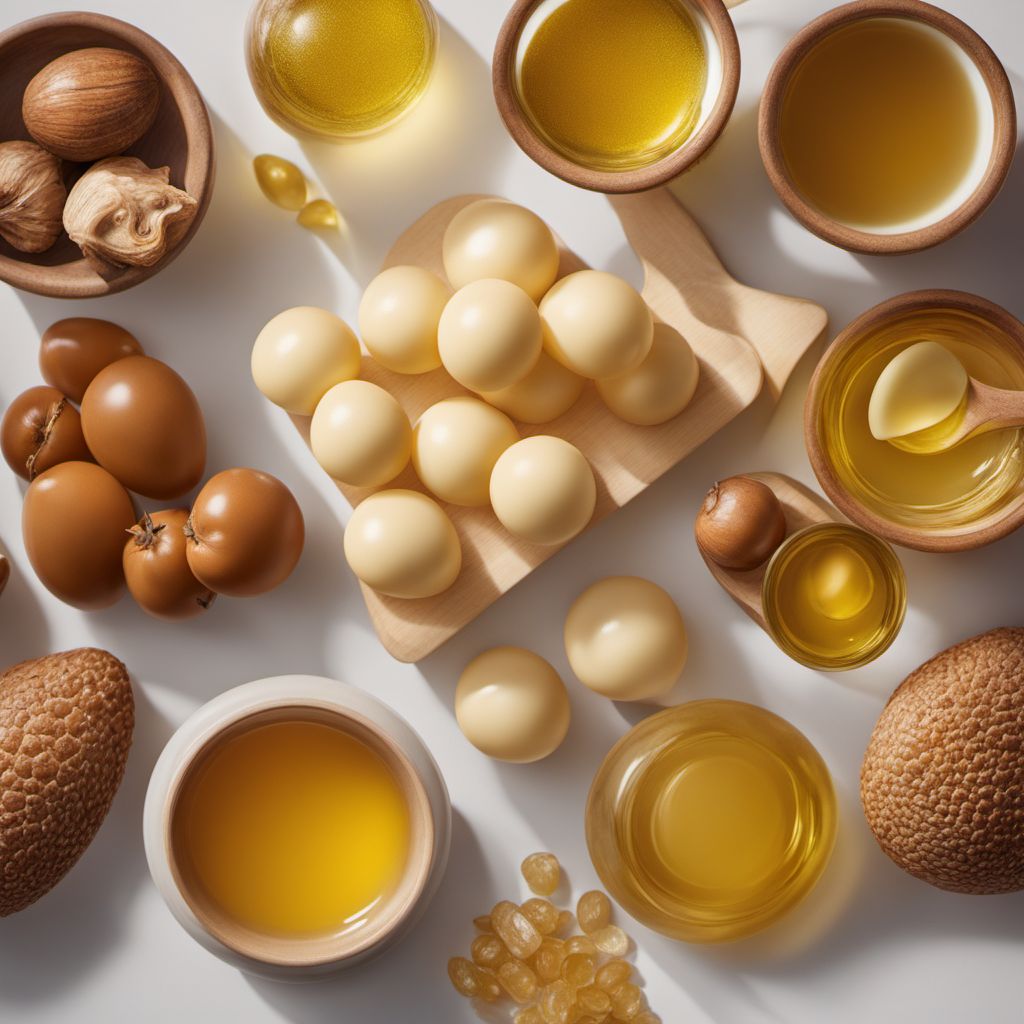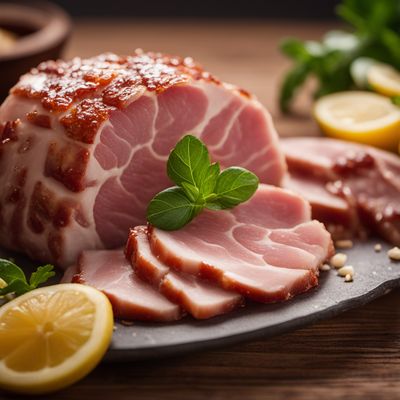
Ingredient
Fats and oils from terrestrial animals
The Rich Essence of Animal Fats and Oils
Fats and oils from terrestrial animals are derived from the adipose tissue of animals such as cows, pigs, sheep, and poultry. These fats and oils are solid at room temperature and can vary in color and texture. They possess a distinct flavor and aroma that can enhance the taste of dishes. Animal fats, like lard and tallow, have a creamy and smooth texture, while oils, such as chicken fat and duck fat, are more liquid. These ingredients are prized for their ability to add richness, moisture, and a unique mouthfeel to a wide range of recipes.
Origins and history
The use of animal fats and oils in cooking dates back centuries and is deeply rooted in various culinary traditions around the world. In many cultures, animal fats have been a staple ingredient, providing essential nutrients and flavor. For example, lard has been widely used in European cuisines, while ghee (clarified butter) holds a significant place in Indian and Middle Eastern cooking. The historical significance of animal fats and oils can be traced to their availability, versatility, and ability to withstand high cooking temperatures.
Nutritional information
Animal fats and oils are a concentrated source of calories, providing 9 calories per gram. They contain essential fatty acids, including omega-3 and omega-6, which are important for brain function and overall health. However, they are also high in saturated fats, so moderation is key when incorporating them into a balanced diet.
Allergens
Animal fats and oils may pose allergenic risks for individuals with specific allergies to animal proteins or fats. It is important to be cautious and consult with a healthcare professional if you have any known allergies.
How to select
When selecting fats and oils from terrestrial animals, look for products that are fresh, free from any off-putting odors, and have a clean appearance. Opt for products that are minimally processed and sourced from animals raised in humane and sustainable conditions.
Storage recommendations
To maintain the freshness and quality of animal fats and oils, store them in airtight containers in a cool, dark place, away from direct sunlight or heat sources. Refrigeration can extend their shelf life, especially for fats with a higher moisture content.
How to produce
Producing fats and oils from terrestrial animals requires specialized knowledge and equipment. It is best left to professionals in the food industry who have the expertise to extract and refine these ingredients.
Preparation tips
Animal fats and oils can be used in a variety of cooking methods, including frying, sautéing, roasting, and baking. They add a rich flavor and enhance the texture of dishes. When using animal fats for frying, it is important to monitor the temperature to prevent overheating and ensure proper cooking results. Additionally, incorporating small amounts of animal fats into pastry dough can yield flaky and tender results.
Substitutions
Vegetable oils, such as olive oil or coconut oil, can be used as substitutes for animal fats and oils in many recipes. However, keep in mind that the flavor and texture may differ slightly.
Culinary uses
Animal fats and oils are widely used in various cuisines and dishes. They are commonly used for frying, as they have a high smoke point and can withstand high temperatures. Animal fats like lard are often used in baking to create flaky pie crusts or tender biscuits. Duck fat is prized for its ability to elevate the flavor of roasted potatoes, while bacon fat adds a smoky and savory touch to dishes like beans or greens.
Availability
Fats and oils from terrestrial animals are commonly available in regions where animal husbandry is prevalent, such as North America, Europe, and parts of Asia.



